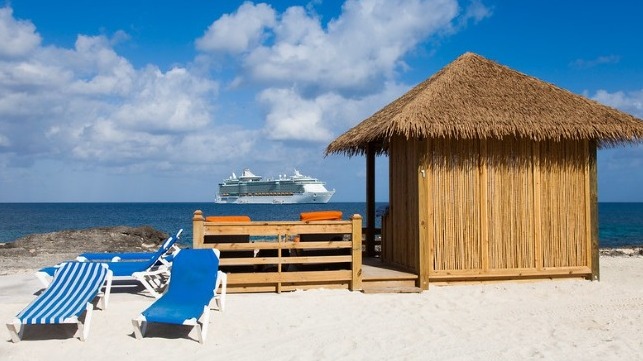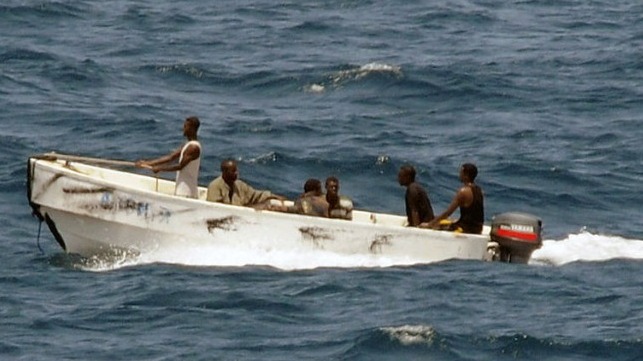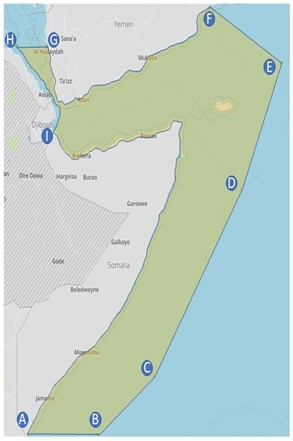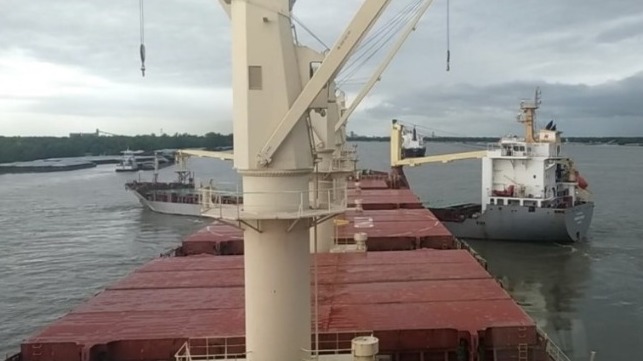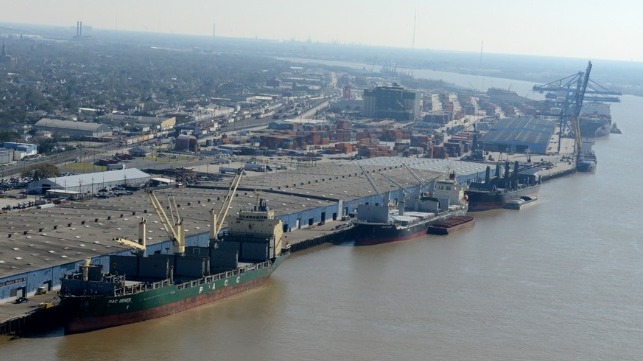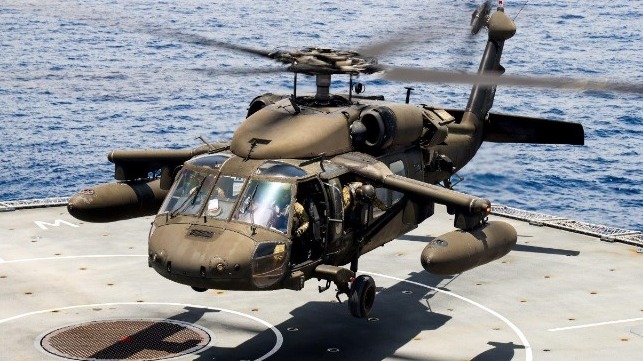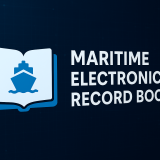Norwegian insurer Gard has issued an alert dealing with the issue of fires in containers caused by Seed Cake. Seed Cake carried in containers can self-heat and spontaneously ignite, endangering both crew and vessel.
The carriage of Seed Cake cargoes continues to cause confusion and the potential for mis-declaration remains high with the consequent risk of fire onboard. Recently, a container ship entered with Gard was about to depart its port of loading when the crew observed smoke coming from one of the portside bays. An inspection of the area confirmed that a fire had developed inside one of the containers. The crew used one of the ship’s water mist lances to penetrate the container on fire, and the ship’s fire hoses for boundary cooling and protection of nearby structures and containers. Due to the early detection and the immediate response and action by the crew, the fire was quickly extinguished.
While investigations into this incident are still ongoing, the initial report states that the container on fire carried a cargo of “Copra Expeller Meal/Cake”, the residues remaining after oil has been extracted from the coconut. It also suggests that the cargo was not declared as dangerous goods (DG) by the shipper. As the cargo most likely falls under the definition of “Seed Cake”, it should have been declared as DG Class 4.2 under the IMDG Code.
Seed Cake is the term used for pulp, cake, pellets, expellers or other cargo where oil has been removed from oil-bearing seeds, cereals or other commodities with similar properties, including all such types of seed meal. It is principally used as an ingredient in animal feeds. Common for all these cargoes is that their production processes are unable to remove all oils and fats from the plant material. This residual oil gives rise to the hazardous properties of Seed Cake and the cargo can be prone to self-heating and spontaneous ignition. The higher the moisture and oil content of the cargo the higher the risk of self-heating and spontaneous ignition.
While Seed Cake with UN Numbers 1386 and 2217 falls under IMDG Code Class 4.2, substances liable to spontaneous combustion, it is not uncommon that this commodity is presented for shipment under a different trade name and declared as not subject to the provisions of the Code. Copra Expeller Meal/Cake, the cargo involved in the fire incident described above, is one such trade name and other common names include Animal Feed, Groundnut Meals, Palm Kernel Expellers, Peanut (Oil) Cake, Peanut Meal, Seed Meal (Oily), Soya Bean Meal, and Sunflower (Seed) Meal.
The maritime industry has recently seen a number of casualties involving fires in containers and statistics suggest that the frequency of fires emerging from containerized cargo is not going down. The incident above exemplifies the risks associated with mis-declaration of any type of dangerous goods. It also illustrates how swift action from the crew can be the difference between a small fire and a large-scale casualty.
To improve safety during the carriage of Seed Cake in containers, and to ensure it is properly declared, packaged and carried, CINS (the Cargo Incident Notification System) and the International Group of P&I Clubs (IG) have published a joint industry “Guidelines for the Carriage of Seed Cake in Containers.” The practices set out in these guidelines are intended to supplement the requirements of the IMDG Code and individual operators’ procedures for the safe stowage and carriage of these products. In addition to giving details of the issues arising from the carriage of Seed Cake in containers, the guidelines also provide advice about container selection, packing and stowage on board ship.
It is worth noting that the guidelines recommend that shippers declare and document all types of cargoes that meet the specific criteria for Seed Cake set out in the IMDG Code, including those cargoes that have been tested and allowed to be offered for shipment not under the provisions of the Code. Such cargoes should also meet the same requirements for container selection, packing, inspection, stowage and segregation as for Seed Cake that is classified as dangerous goods in Class 4.2.
Gard is advising ship operators to familiarise themselves with the guidelines and implement proactive measures to reduce the likelihood of a fire involving dangerous goods and higher risk cargoes. Remember, the correct labelling and onboard stowage of volatile or dangerous cargoes can go a long way towards reducing the risks of fires in containers.






